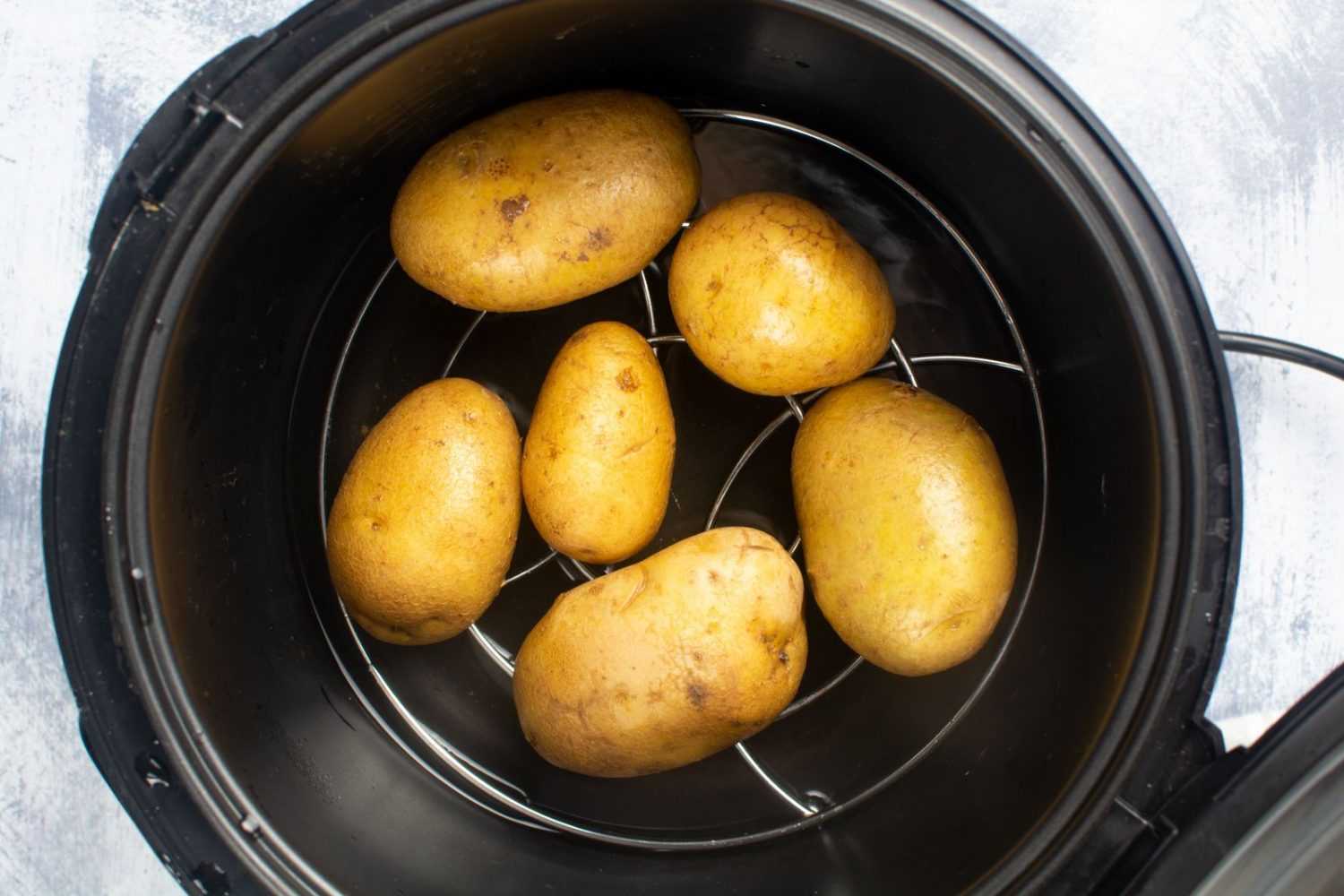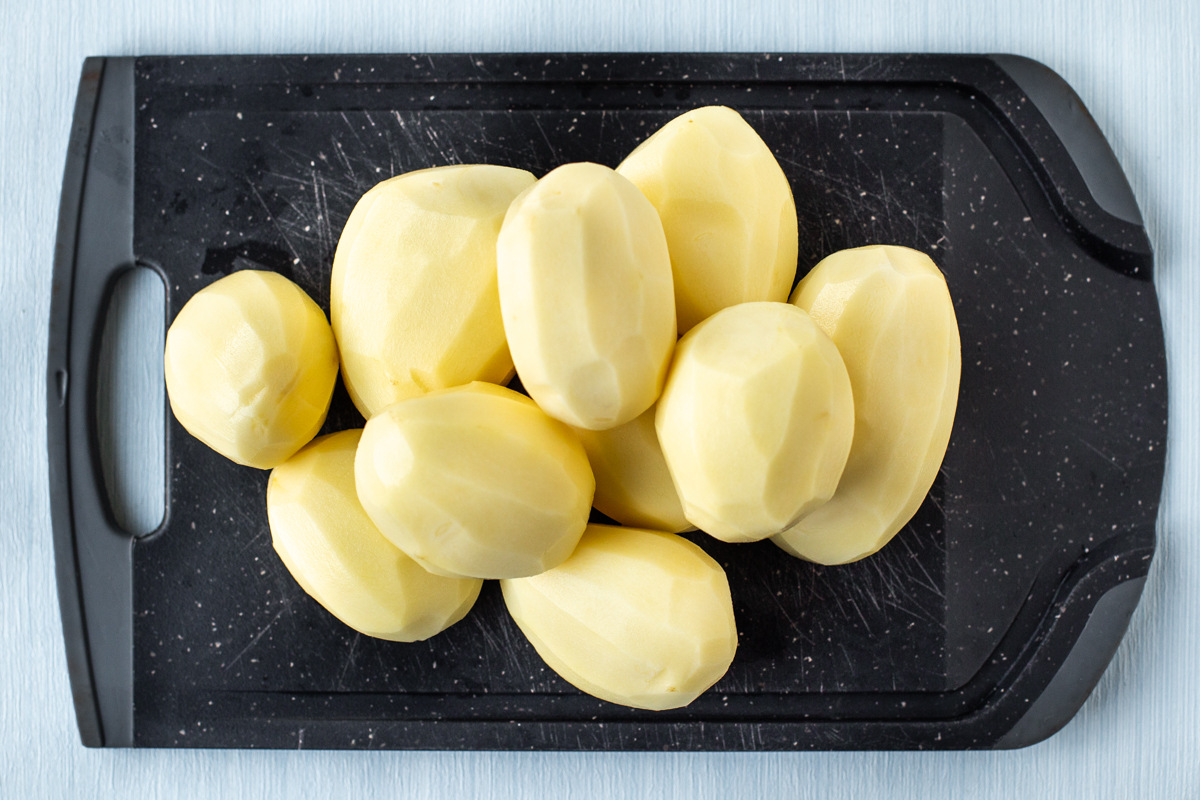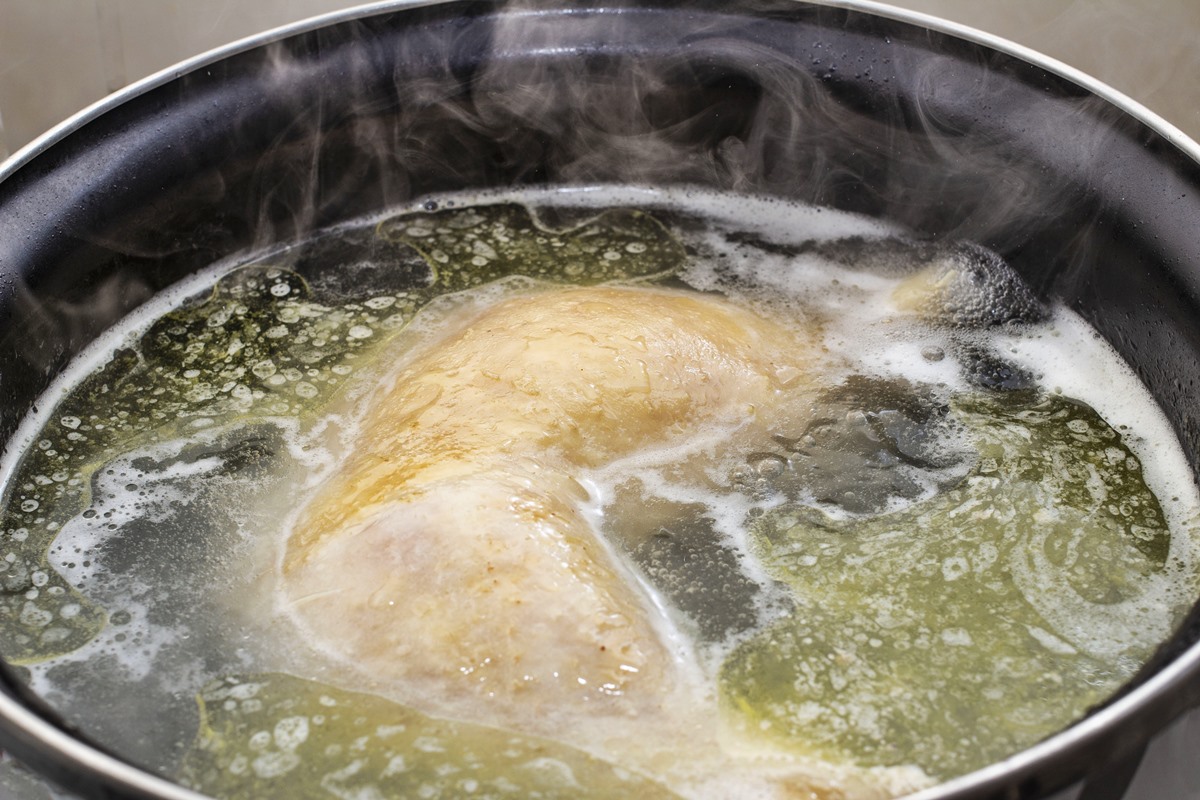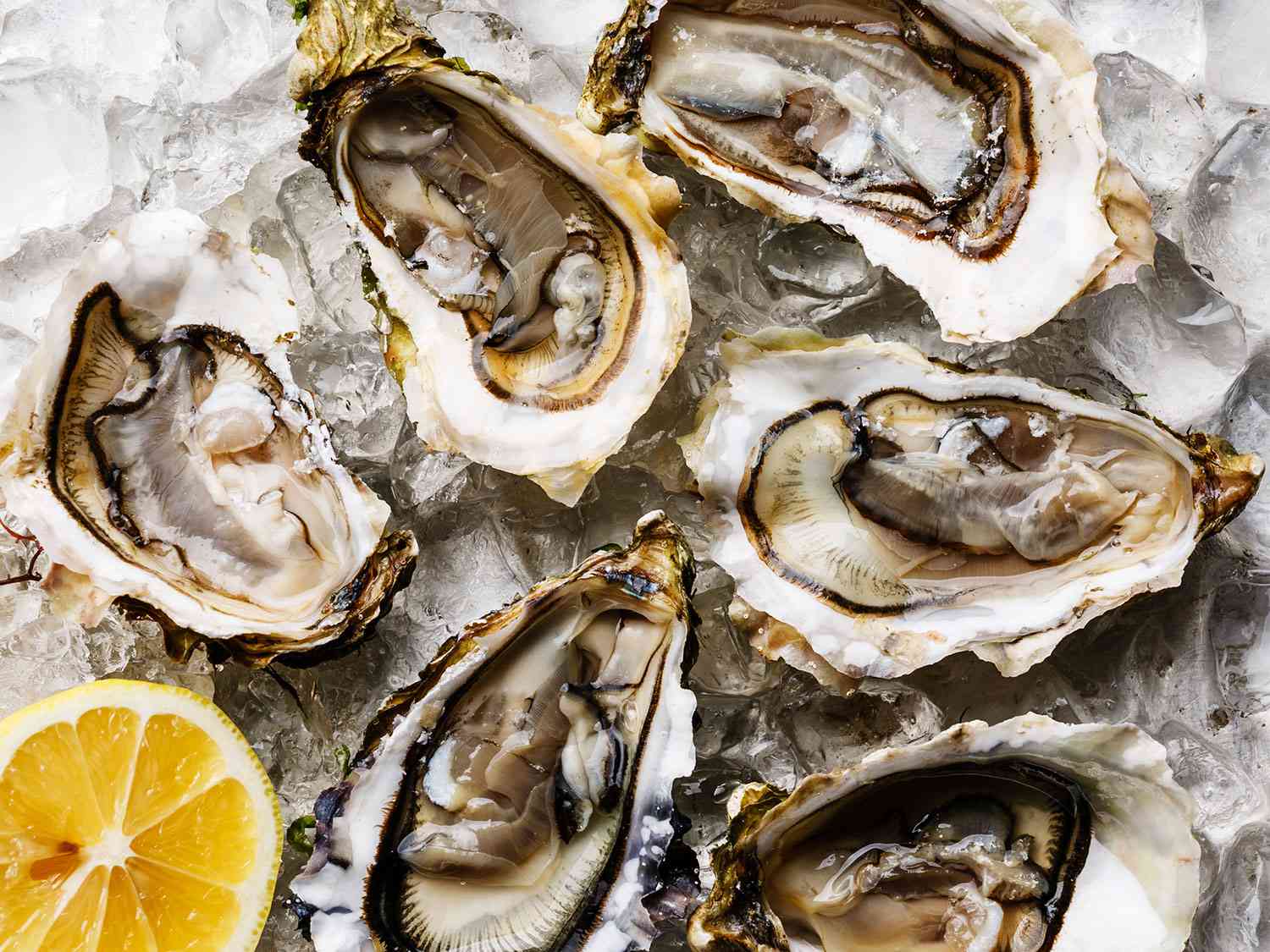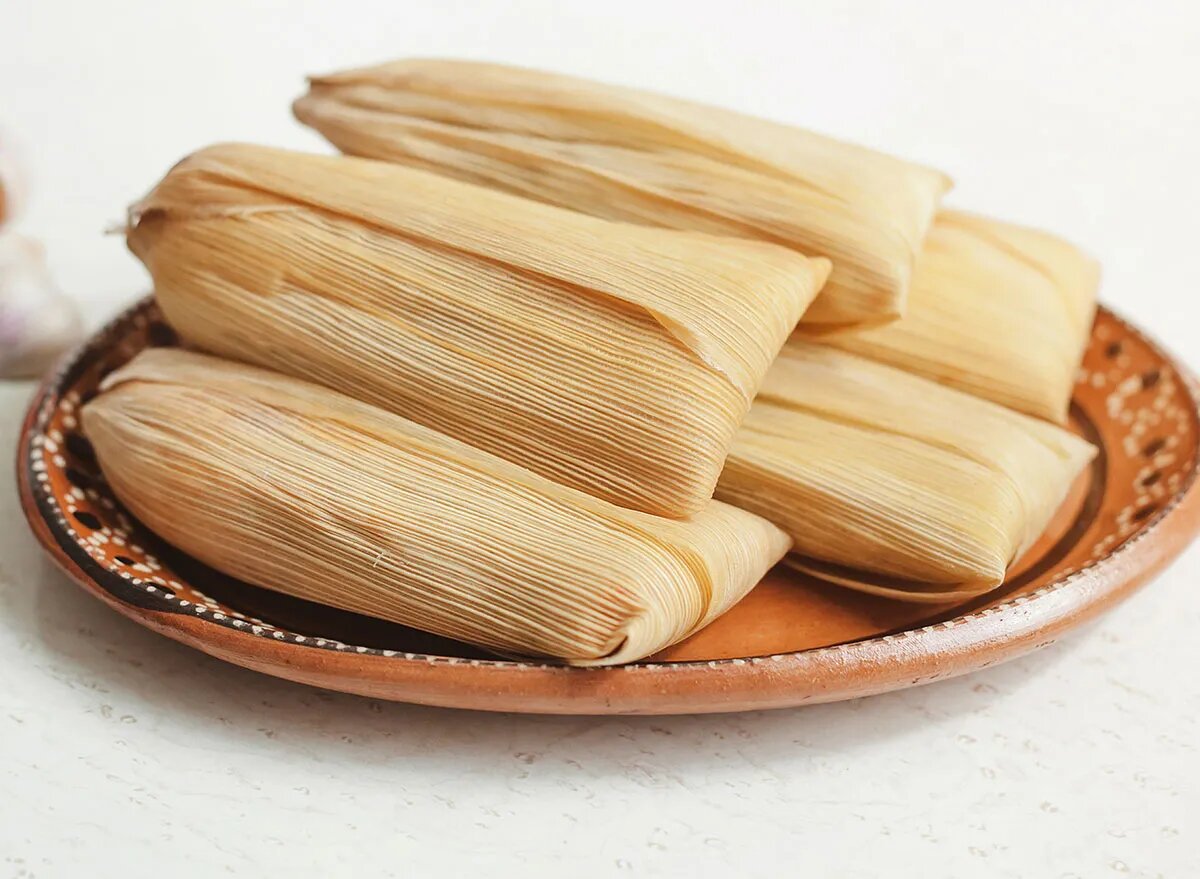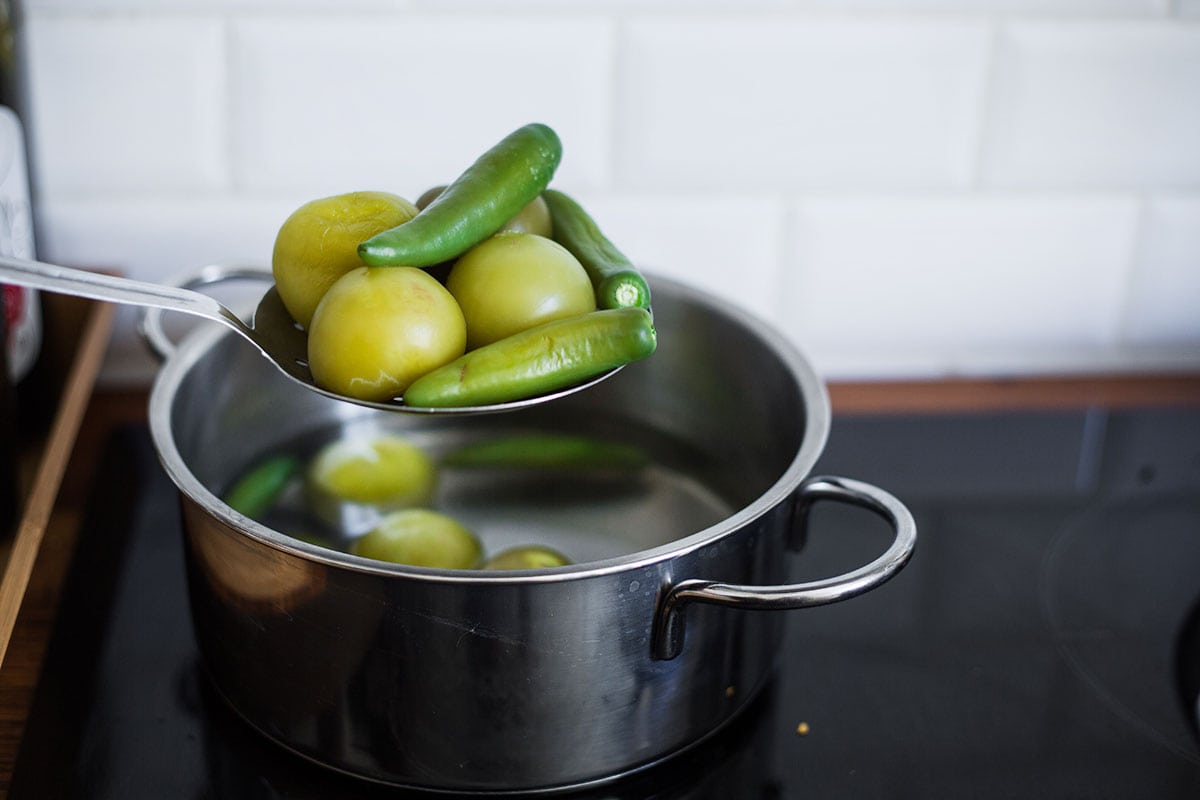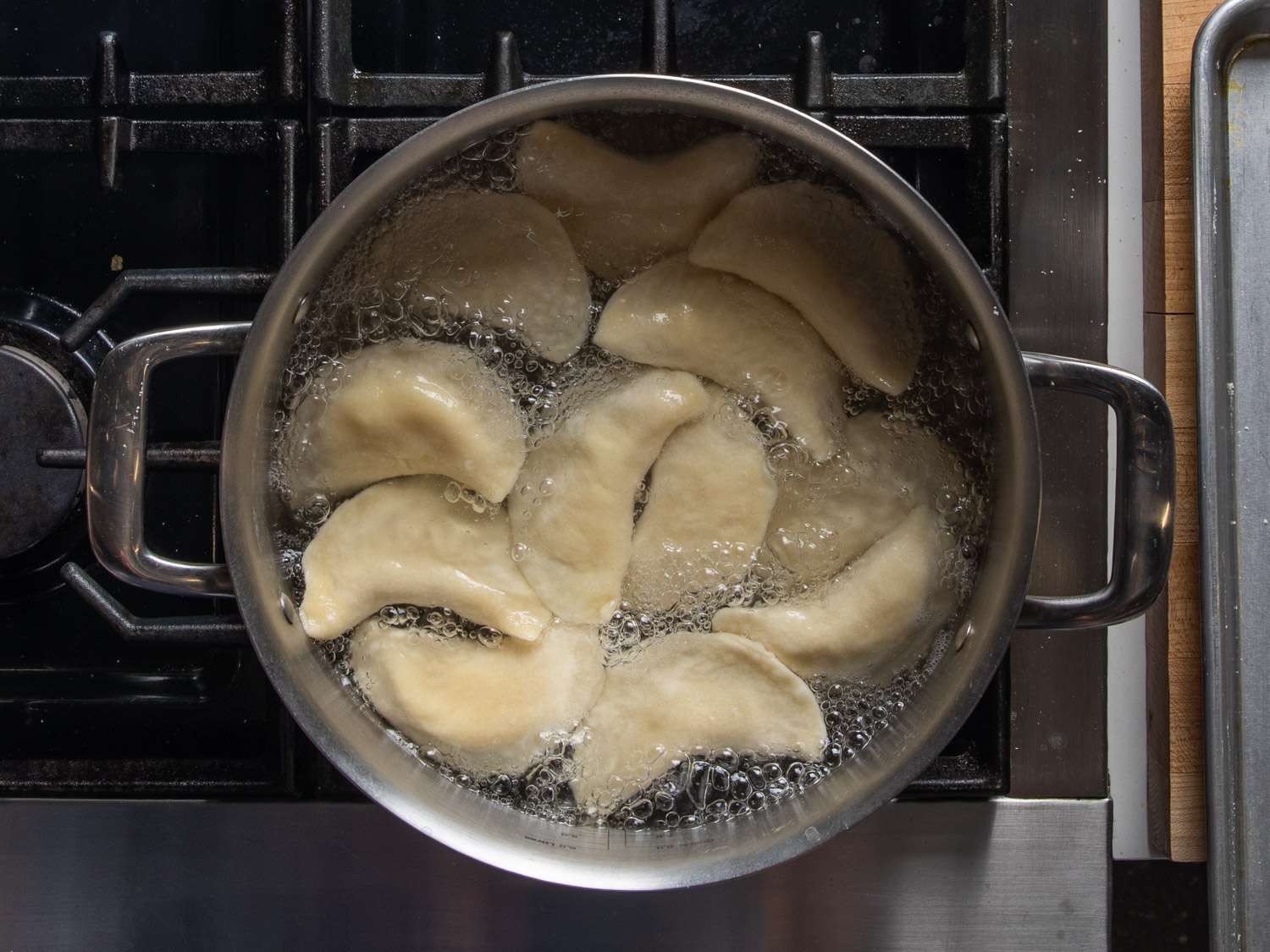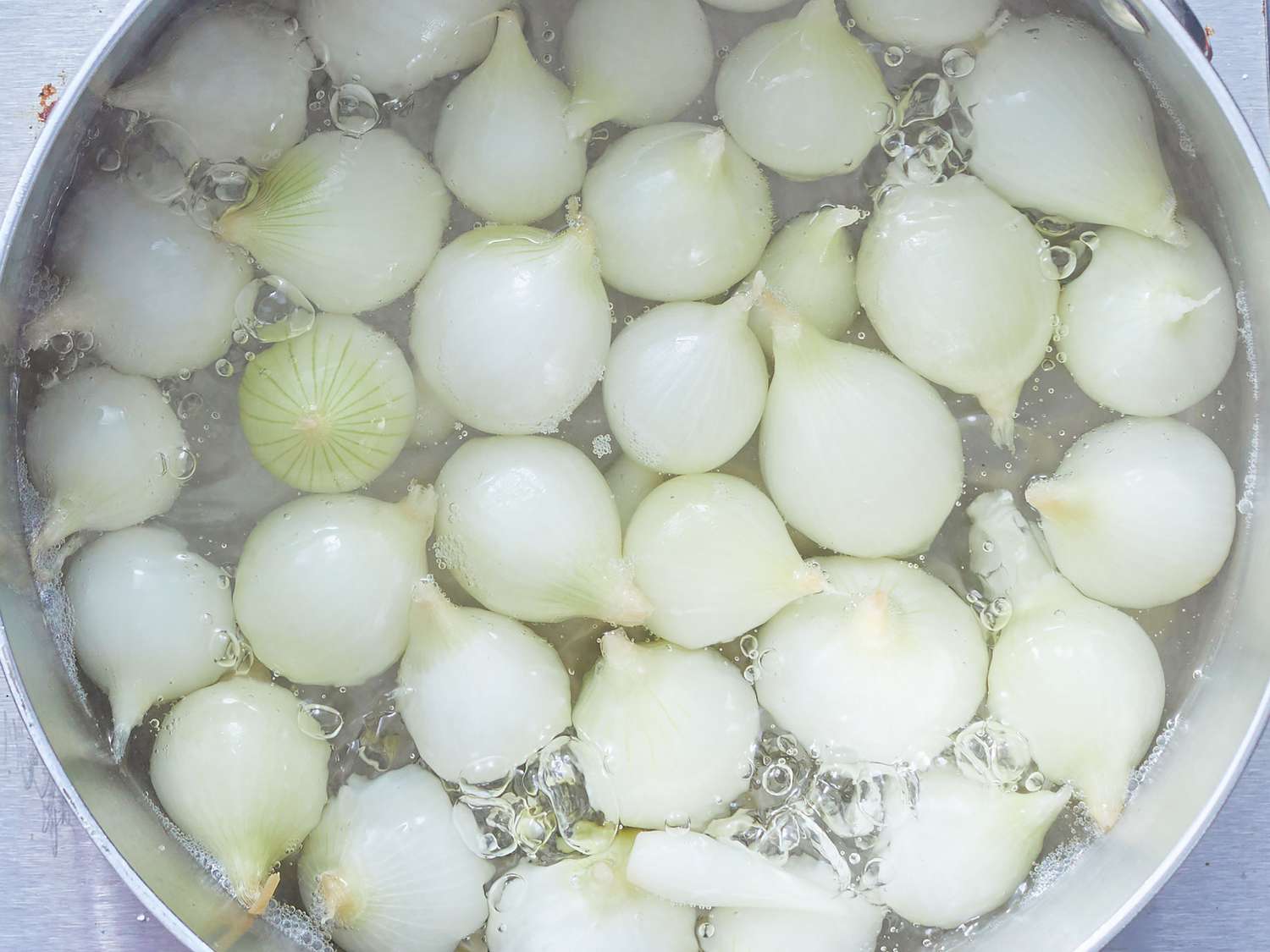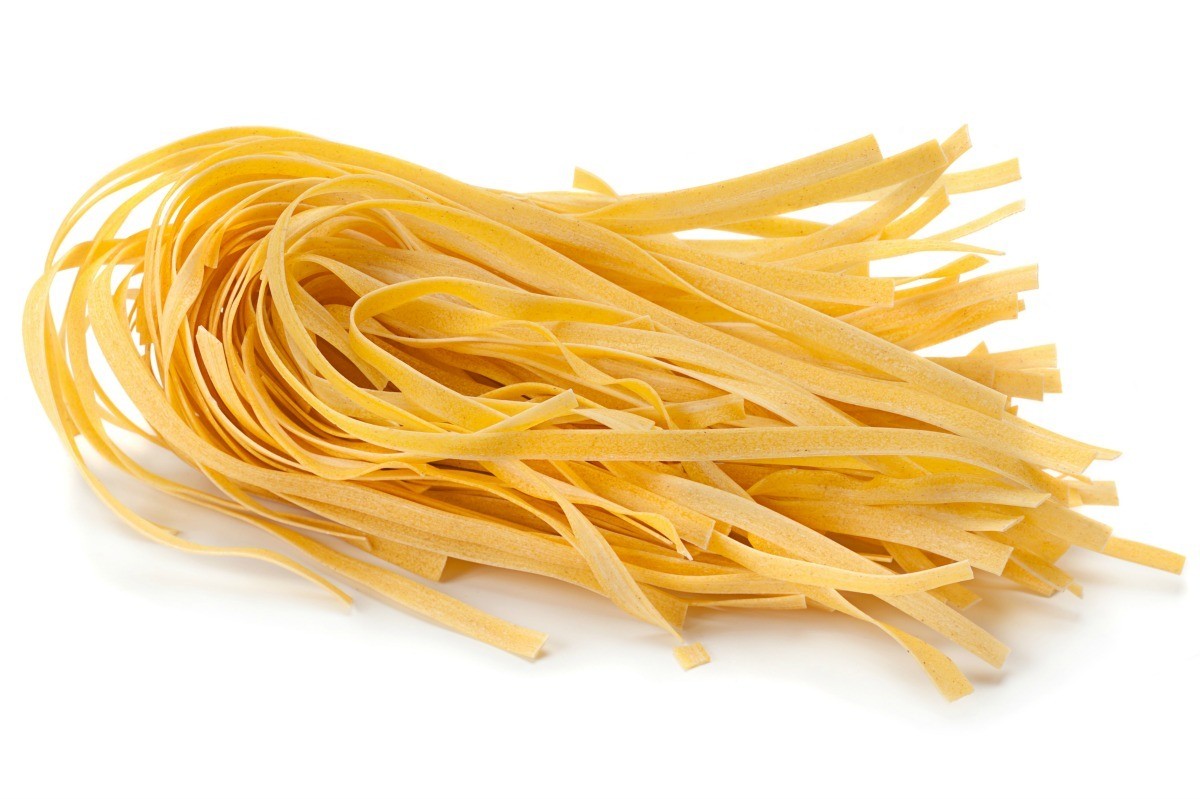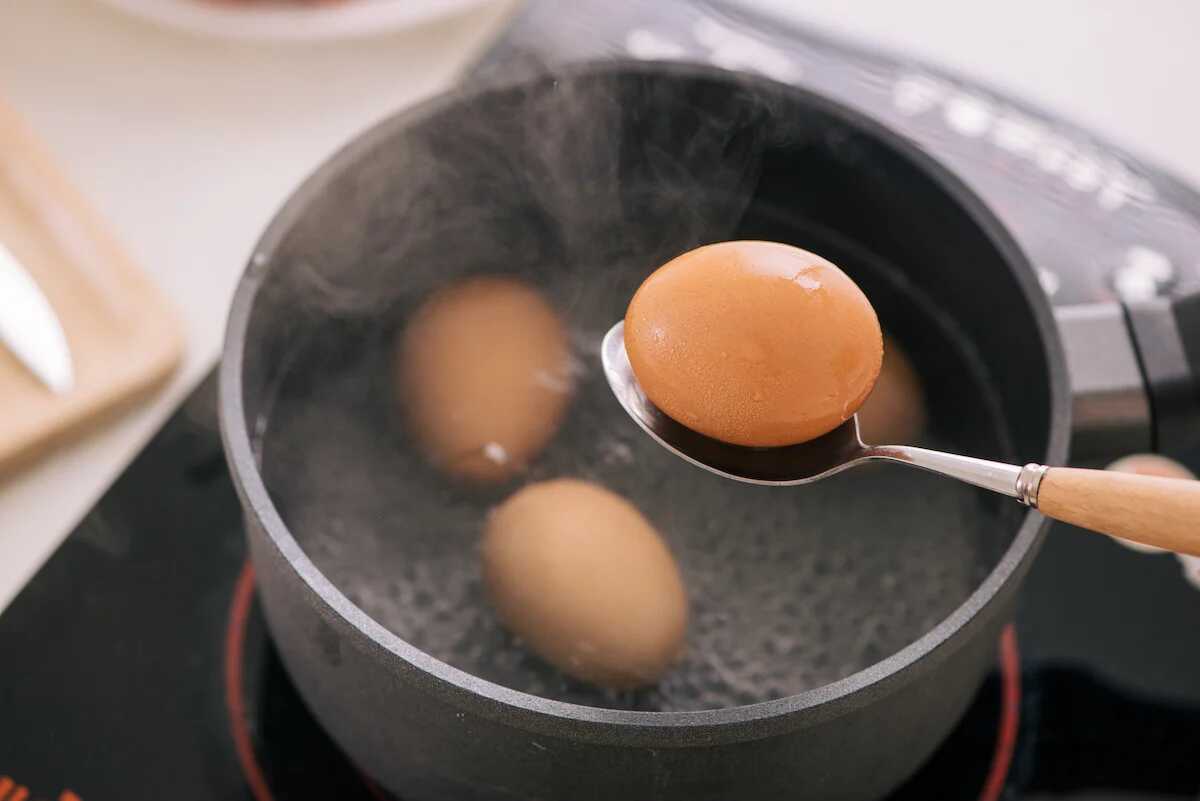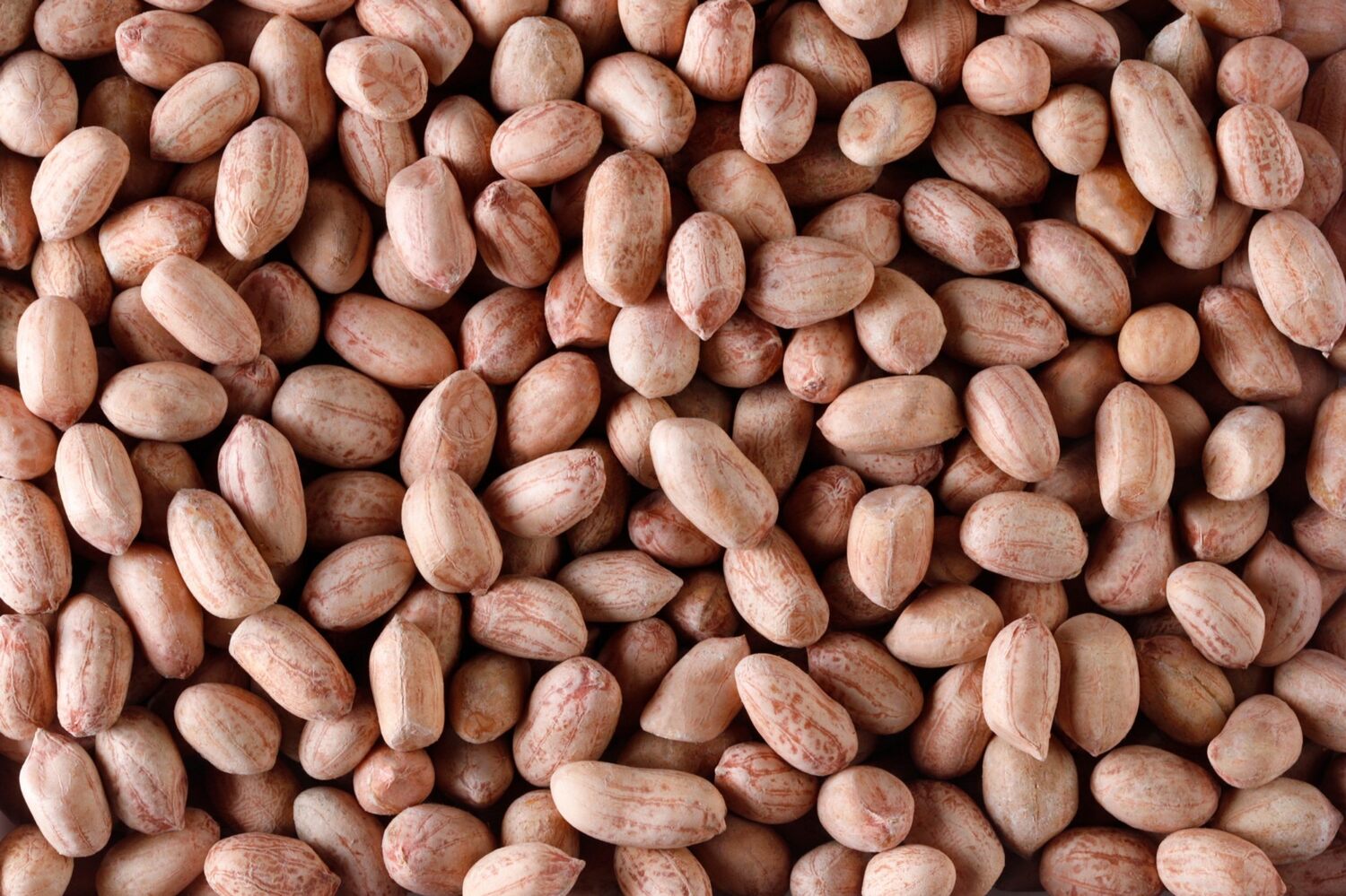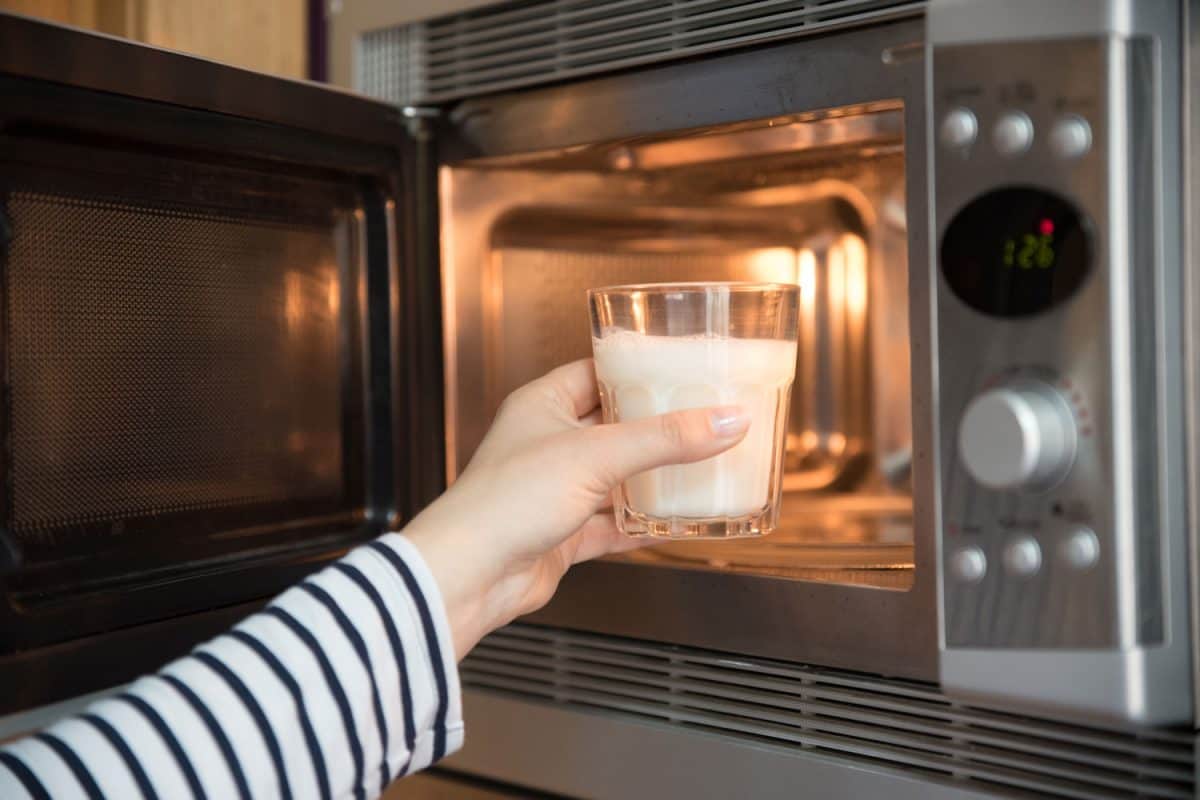How To Boil Cinnamon Sticks: Adding Flavor and Aroma to Your Recipes
Looking to add a warm and aromatic twist to your recipes? Boiling cinnamon sticks is a simple and versatile technique that can infuse your dishes with a burst of flavor and fragrance. Whether you’re making a comforting beverage, a savory sauce, or a delightful dessert, boiling cinnamon sticks can take your culinary creations to the next level. In this article, we will guide you through the steps of boiling cinnamon sticks and share some delicious recipes to try.
Why Boil Cinnamon Sticks?
Cinnamon sticks are a popular spice known for their sweet and woody flavor. Boiling cinnamon sticks not only releases the delightful taste but also enhances their fragrance, making your kitchen smell like a cozy retreat. When simmered in liquid, the natural oils in cinnamon infuse the surrounding ingredients, creating a rich and aromatic base for your recipes. It’s a simple technique that requires minimal effort with incredible results.
How to Boil Cinnamon Sticks
Here’s a step-by-step guide on how to boil cinnamon sticks:
- Select high-quality cinnamon sticks: Look for Ceylon cinnamon sticks, known for their superior flavor and aroma.
- Measure the right amount of cinnamon sticks: Depending on your recipe, use one to two cinnamon sticks for every cup of liquid.
- Add the cinnamon sticks to your recipe: Place the cinnamon sticks in a pot with your desired liquid, such as water, milk, or even broth.
- Bring the mixture to a gentle simmer: Slowly heat the pot over low to medium heat until the liquid starts to simmer. Avoid boiling vigorously, as it may result in a bitter taste.
- Let it simmer and infuse: Allow the mixture to simmer for 15 to 20 minutes. During this time, the cinnamon sticks will release their flavors and aroma, infusing the liquid with their essence.
- Strain and use: Once the desired flavor is achieved, strain the liquid to remove the cinnamon sticks, and incorporate it into your recipe as needed. Discard or save the used cinnamon sticks for future use.
Now, let’s explore some delicious recipes that can benefit from the wonderful flavors of boiled cinnamon sticks.
Recipes Using Boiled Cinnamon Sticks
1. Cinnamon-infused Apple Cider:
- In a large pot, combine apple cider, a few boiled cinnamon sticks, and a sprinkle of nutmeg.
- Simmer the mixture on low heat for 15-20 minutes.
- Strain and serve the warm and fragrant apple cider in mugs, garnished with a fresh cinnamon stick.
- Boil cinnamon sticks in water before adding the rice for cooking.
- Allow the rice to absorb the cinnamon-infused liquid, enhancing its taste and aroma.
- Fluff the rice with a fork and serve as a flavorful side dish.
3. Cinnamon and Cardamom Chai Tea:
- Add boiled cinnamon sticks, crushed cardamom pods, black tea leaves, and milk to a saucepan.
- Simmer the mixture until fragrant and the flavors meld together.
- Strain into cups, sweeten with honey, and enjoy the cozy and aromatic chai tea.
Remember, boiling cinnamon sticks is a versatile technique that can be adapted to various recipes. Feel free to experiment and explore different flavor combinations, whether it’s a savory sauce, a comforting oatmeal, or a festive holiday dessert. The possibilities are endless!
So, the next time you’re looking to add a touch of warmth and aroma to your culinary creations, don’t forget to reach for those cinnamon sticks and give boiling a try. Your taste buds and guests will thank you!
Explore More Delicious Cinnamon-Infused Recipes
Once you've mastered the art of boiling cinnamon sticks, a delightful array of recipes awaits your culinary exploration. From warming beverages to hearty meals, incorporating boiled cinnamon can transform simple dishes into aromatic feasts. Consider starting with the Cinnamon-Infused Hot Chocolate for a cozy treat, or the Cinnamon Apple Cider as a festive beverage. For a more savory option, the Moroccan Cinnamon Chicken Stew offers a rich tapestry of flavors that highlights the cinnamon's spicy-sweet profile. These recipes are not just delicious but also showcase how versatile cinnamon can be in your cooking and baking endeavors.
Was this page helpful?
Read Next: How To Boil A Ham Bone
